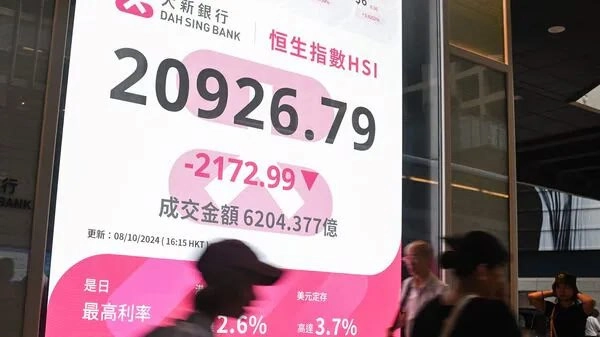
Why Do We Wait? Unraveling the Science Behind Our Patience for Rewards
2024-12-30
Author: Wai
The Science of Waiting: What the Research Revealed
Kable’s team analyzed subjects with lesions in three distinct areas of the prefrontal cortex: the ventromedial prefrontal cortex (vmPFC), dorsomedial prefrontal cortex (dmPFC), and the anterior insula (AI). These areas contribute differently to decision-making processes. The vmPFC is crucial for action control and decision-making, while the dmPFC plays a significant role in regulating emotions, cognition, and actions. The AI, on the other hand, processes our subjective feelings about experiences.
The Impact of Brain Damage on Decision-Making
The findings were striking. Participants with vmPFC lesions often showed a reduced willingness to wait for rewards, regardless of the coin maturation conditions. Even when it was more advantageous to wait, they still opted to press the space bar sooner than their healthy counterparts. This suggests a subjective valuation of waiting that tends to downplay the potential rewards.
Conversely, those with lesions in the dmPFC and AI exhibited considerable lapses in sensitivity to timing constraints. Their wait times remained relatively stable and did not fluctuate based on the specific conditions of the experiment, indicating a lack of adaptive behavior based on previous experiences.
Broader Implications: Understanding Waiting Disorders
This research opens the door to numerous applications, especially in mental health. Conditions such as ADHD, anxiety, and other impulsivity-related disorders may be linked to how the brain approaches waiting and reward. Kable and his fellow researchers are now seeking to explore how these processes work in individuals with such conditions, aiming to develop strategies that could help improve their decision-making skills when it comes to delays and rewards.


 Brasil (PT)
Brasil (PT)
 Canada (EN)
Canada (EN)
 Chile (ES)
Chile (ES)
 Česko (CS)
Česko (CS)
 대한민국 (KO)
대한민국 (KO)
 España (ES)
España (ES)
 France (FR)
France (FR)
 Hong Kong (EN)
Hong Kong (EN)
 Italia (IT)
Italia (IT)
 日本 (JA)
日本 (JA)
 Magyarország (HU)
Magyarország (HU)
 Norge (NO)
Norge (NO)
 Polska (PL)
Polska (PL)
 Schweiz (DE)
Schweiz (DE)
 Singapore (EN)
Singapore (EN)
 Sverige (SV)
Sverige (SV)
 Suomi (FI)
Suomi (FI)
 Türkiye (TR)
Türkiye (TR)
 الإمارات العربية المتحدة (AR)
الإمارات العربية المتحدة (AR)